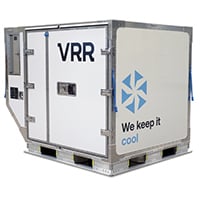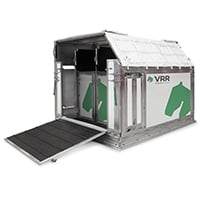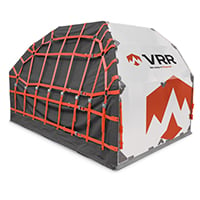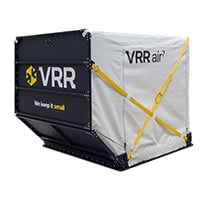When buying an asset, it’s essential to weigh up all the direct (obvious) and indirect (obscure) costs before you make your final decision. Unit Load Devices are no exception.
In our previous article, we revealed how the complexity and interdependence of so many elements make calculating the TCO of an air cargo container extremely challenging. In this article, we give you three common business scenarios to highlight just some of those competing needs. Remember, hidden costs will always catch you unawares unless you actively seek them out.
Business Scenario 1: Don’t focus only on cargo yield
For those in the Express industry, the internal size of a ULD that transports mail, parcels and packages is probably one of the leading factors in the decision-making process. The bigger the capacity, the more cargo that can be shipped, and the more cargo that can be shipped, the higher the product yield.
The size and shape of a ULD is largely dictated by the contour and structure of an aircraft’s hold, so the type of aircraft used is important here. But there are ways to maximise internal volume without changing the ULD’s contour, such as using less material and reducing the size of extrusions. Design changes like these can save perhaps tenths of a cubic feet, which may not look like much on paper but can translate into more paid freight per container.
A higher yield per container would obviously have a positive effect on the TCO calculation. Nevertheless, it should be only part of the equation. Using less material and thinner extrusions may make the ULD less robust, making it more susceptible to damage. This could have a negative impact on the ULD’s repair rate, which would result in higher repair costs and lower utilisation.
In this scenario, and with all other things being equal, the purchasing manager would have to calculate what would cost more to the company: reduced durability or reduced volume.
Business Scenario 2: Consider the cost of the return journey
In the equine air travel industry, the class of travel you want for your horse is a determining factor. But as important as comfort for both horse and groom is, there are other factors to consider when calculating TCO, including the cost of returning empty in-flight horse stalls.
Like more conventional containers, most in-flight horse stalls rarely go in just one direction. They are nearly always returned to their original location or forwarded to another location—with or without their cargo. But it’s expensive returning empty containers. The alternatives are to keep the stalls at their destination until there’s a return consignment or to use collapsible horse stables instead of traditional fixed stalls.
The first alternative incurs the direct cost of storage (which is high) and the opportunity cost of idle stalls (which is also high). The second option incurs a higher purchase price but reduces repositioning costs significantly. Collapsible stalls provide the horse with the same level of comfort but they’re easy to erect and fold after a little training. They can then be stacked on the lower deck of wide body aircraft, making them much cheaper to return by air, although perhaps slightly more vulnerable to damage.
This issue of empty and idle ULDs is not one for equine transporters only, of course. Express and e-commerce carriers, which struggle with the imbalance of global trade flows and limited storage space, and leasing providers, which have to ship multiple units to their customers in an efficient and timely manner, also have to budget for this expenditure.
Whatever your business, don’t ignore storage and repositioning costs when calculating TCO, and consider alternatives to traditional rigid ULDs.
Business scenario 3: Don’t overlook entire lifecycle costs
In our previous article, we mentioned how the money you save by going for a cheaper printer can easily be consumed several times over by ink and repair costs over the printer’s lifecycle. Well, the same can be said for ULDs.
More and more standard containers are being sold at budget prices. Given current industry conditions, it’s not hard to understand why buyers are attracted to knock-down rates. Companies are keen to save money wherever they can, so if they see a comparable air cargo container with a much lower price tag, it’s the obvious choice, right?
Sooner or later, however, that container is going to need repair (and cheap containers are particularly prone to damage or failure). This is when the company is likely to get sticker shock. Unlike the purchase price, the spare parts are greatly overpriced. In fact, after just two major repairs, a ULD operator could end up spending as much on spare parts as on the asset purchase. That’s definitely not a bargain.
When choosing between containers, focus not only on the initial purchasing price but also on the entire lifecycle costs, including repair and maintenance. Always get from the ULD supplier a spare parts price list. It’s also a good idea to learn as much as you can about the build quality (including repair rates and commonly damaged parts), the reputation of the manufacturer, and any guarantees that come with the container.
Let VRR help you in the decision-making process
Determining the Total Cost of Ownership of a ULD isn’t easy. At VRR, we specialise in designing and manufacturing ULDs, so we’d be happy to analyse your data and help you make the final purchasing decision. We can even optimise designs to lower your overall costs.
Contact us via sales@vrr.aero and we’ll arrange for one of our specialists to set up a (virtual) meeting without further obligation.

